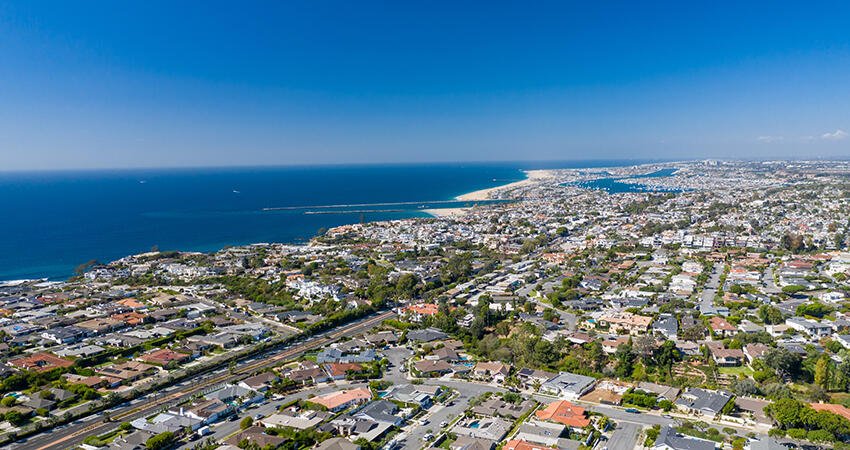
(Beach Media/Getty Images)
How Spatial Tools Can Support Local Climate Adaptation
- Title:
-
Bridging climate science, law, and policy to advance coastal adaptation planning
- Author:
-
J. Reiblich, E. Hartge, L.M. Wedding, S. Killian, G.M. Verutes
- Source:
- Publication Date:
-
2019
Adaptation planning is an increasingly important practice among localities facing the harsh effects of climate change. As rising sea levels threaten life on the coast, understanding which strategies offer the most protection can help localities diagnose their legal landscape and mitigate disasters. To address this concern, the authors ask: Which coastal adaptation strategies are legally feasible, and where are they best suited?
This article aims to create a methodology to bridge the gap between climate science, law, and coastal adaptation policies to help make adaptation strategies more place-based. The authors focused their analysis on California’s coastline. They conducted a spatial analysis of local zoning laws, land uses, and geographic factors to identify conditions that inform coastal adaptation decisions. This analysis created feasibility statements and policy considerations for the spatial framework. To do this, they conducted outreach to local government agencies and nongovernmental organizations working on adaptation issues in more than 27 meetings.
Key findings:
- Interviews revealed planners and managers wanted a structured approach to the potential options for adaptation planning.
- Adding zoning to adaptation strategies filled a critical data gap, as zoning varies greatly by jurisdiction. Map-based analysis narrowed possible strategies to a list of 15 feasible options.
- Land-use planning, as it is place-based, needs geospatial approaches for adaptation planning. Monitoring the use of these efforts can inform future coastal adaptation strategies.
- Screening for the feasibility of coastal adaption strategies in a locality is an essential starting point in implementing these approaches.
- Coastal habitats such as seagrasses and salt marshes help reduce exposure to storm impacts, and their location proximate to the shore can impact the feasibility of pursuing natural protection strategies.
- Some hardened adaptation strategies, such as seawalls, can be environmentally damaging.
Policy implications:
- As coastal adaption requires flexibility to meet various local needs in the face of climate change, policymakers in California could amend the Coastal Act to strengthen the ability to act swiftly.
- To disincentivize development in areas with high flood risks, federal policymakers could amend the National Flood Insurance Program by using the Community Rating System to forewarn.
- Local governments can ease their permitting processes to allow for preservation of natural habitats.


